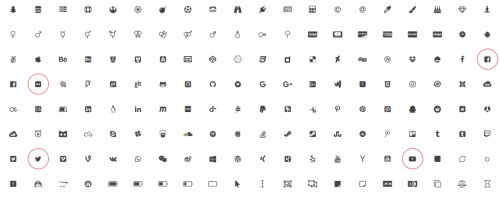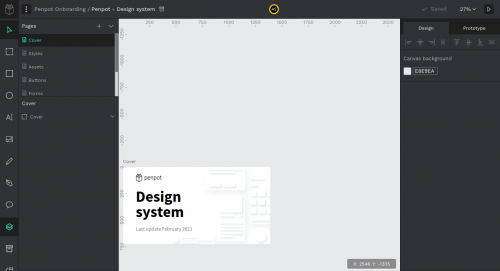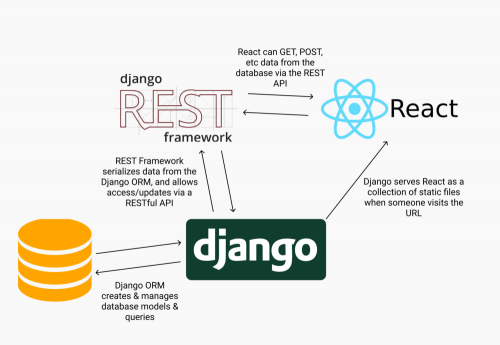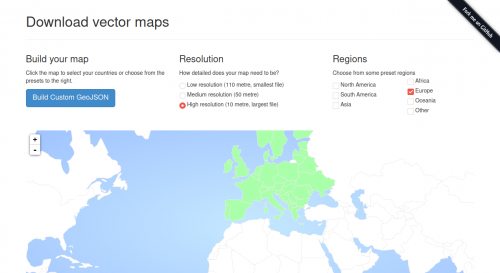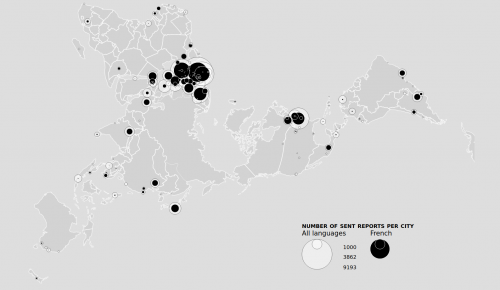OpenID is about authentication (ie. proving who you are), OAuth is about authorisation (ie. to grant access to functionality/data/etc.. without having to deal with the original authentication).
OAuth could be used in external partner sites to allow access to protected data without them having to re-authenticate a user.
The blog post «OpenID versus OAuth from the user’s perspective» has a simple comparison of the two from the user’s perspective and «OAuth-OpenID: You’re Barking Up the Wrong Tree if you Think They’re the Same Thing» has more information about it.

